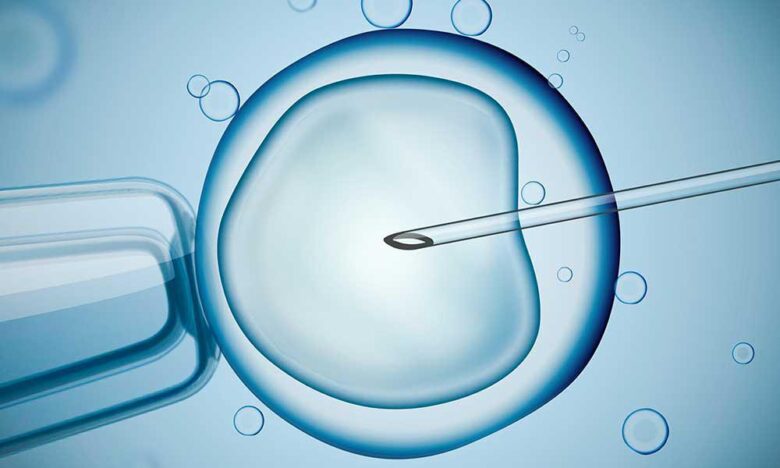Mini IVF

With Mini IVF, Less Is More
Too many women have invested thousands of dollars in a single cycle of in vitro fertilization only to end up with too few eggs and another negative pregnancy test. But did you know that there’s an approach called mini IVF that may work better for some women with low ovarian reserve, yet costs about the same?
Mini IVF is a cost-effective way to create multiple embryos over a longer period of time, increasing the odds of success. Our DFW IVFMD fertility centers may recommend mini IVF for certain women with very low egg reserve who hope to become moms.
Mini IVF: “baby steps” toward pregnancy
Women with low ovarian reserve often don’t respond well to the high doses of ovarian stimulation medications used in typical IVF. No matter how much medication they take their ovaries will only produce a few eggs and they may not be of great quality. So why waste money on expensive stimulation drugs when you can use your natural source of the same hormones to produce the same number of eggs? The pituitary contains high concentrations of FSH and LH that are released to recruit and grow eggs in a natural cycle.
With mini IVF women take clomiphene to release these natural hormones from the pituitary to assist in stimulation of the ovaries. This allows lower doses of stimulation medications to recruit eggs from the ovaries and thus gives significant savings on the cost of medications.
Here’s how mini IVF works:
- A gentler stimulation protocol combines the body’s natural reserve of follicle stimulating hormone, or FSH, with clomiphene and low-dose injectable stimulation medications.
- Follicle development is monitored at our DFW IVFMD fertility centers and eggs are retrieved at exactly the right time.
- The eggs are fertilized in the IVF laboratory using intracytoplasmic sperm injection, or ICSI.
- Embryos are cultured for three to five days, then frozen.
- A month off allows the woman’s ovaries and uterine lining to recover.
- In a future frozen embryo transfer (FET) cycle estrogen and progesterone are used to prepare the uterine lining.
- The embryo(s) are thawed and transferred to the woman’s uterus.
In summary, the overall cost of a mini IVF cycle is less than that of a conventional aggressive IVF cycle due to significant savings on medication costs.
The clock is ticking
We all know how precious time is when trying to conceive; especially when it feels like time is running out for your egg supply. But while the entire process can take three to six months, mini IVF may be a more cost-effective way to achieve pregnancy when your egg reserve is very low.
To learn whether you might be a good candidate for mini IVF contact our DFW IVFMD fertility centers.
- Special IVF Protocols for Diminished Ovarian Reserve - February 5, 2025
- Is IVF the Right Choice? - March 2, 2024
- What to Consider When Choosing a Fertility Clinic - February 29, 2024